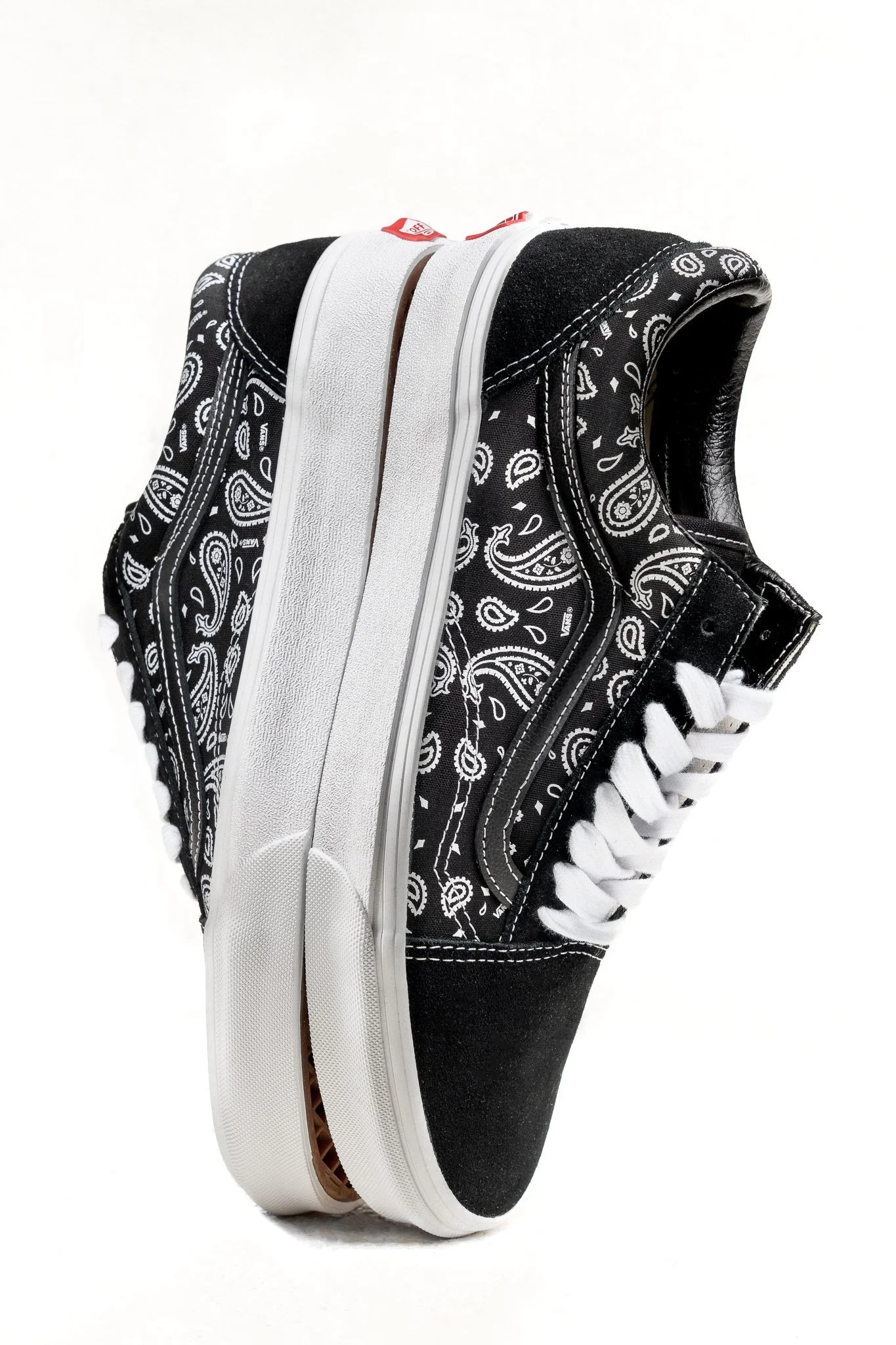6 Ways to Improve Your Product Photography and Make Your Brand Stand Out
Are you looking for help, to make your brand stand apart from your competition?
Product photography is essential to marketing and can help set your brand apart from the rest. With the right practice, you can create interesting visuals that draw customers in and help them take notice of your products
In this blog post, we'll look at six tips to improve your product photography and make your brand shine. From lighting to composition, tips like these will help take your product photos to the next level. Discover how you can use photography to make your brand stand out.
1) Use props
Adding props to your product shots can add an extra level of depth and complexity to your photos. Whether it's a small accessory or a backdrop that helps highlight the product, props can help bring life to the photo. When using props, try to make sure they lead the viewer’s eye to what you want them to focus on—the product. This could be anything from a complimentary colour scheme, texture or shape.
With the use of props to help add to your scene, you can create depth to your images, by raising or lowering the subject, you can create interest by creating a composition that leads the eye of the viewer through the scene and more.
2) Don't clutter your shots
Cluttering a shot can ruin the overall look and distract from the main subject. It's best to keep your shots simple so that your product takes centre stage. Try to avoid having too many props in your shot, as it can make it hard to focus on the product itself. Instead, use one or two props that help to showcase the product, such as a vase for flowers or a laptop for electronics. You should also be careful with the background, making sure that it doesn't take away from the product itself. Keep your shots free of any clutter, such as furniture, decorations or other products. Keeping things clean and minimal will help draw attention to your product and help you achieve great product photography.
3) Think about lighting
Lighting is an important part of product photography. It can make or break the entire look of your shot. When it comes to lighting, there are a few things to consider.
You want to think about the overall brightness of the scene. If you are shooting outside, think about the time of day and the amount of natural light available. You may need to use a reflector to fill in any dark spots. If you're shooting indoors, try using bounce flash, by bouncing it off something white to create soft and even lighting. Or you may opt for light directly on the product to achieve a more dramatic effect.
When lighting your product, think about how it will look in the final shot. Will the lighting be flattering or harsh? Is the light too bright or too dim? Make sure to take the time to experiment with different lighting setups to find the one that works best for your product and your vision.
No matter what type of lighting you choose, make sure it highlights all of the details of the product. Pay attention to the shadows and highlights that the lighting creates and adjust accordingly. With a little experimentation and patience, you should be able to find a setup that highlights your product perfectly.
4) Use a tripod
When taking product photos, using a tripod is essential. A tripod ensures that your photos remain stable, which will create clear and crisp shots of your product. Not only will it make sure that your shots remain stable, but it will also allow you to repeat shots with the same settings each time. This allows you to make small adjustments to each shot without having to worry about setting up the camera each time.
When choosing a tripod, be sure to consider the size and weight of the camera you'll be using and select a tripod that can handle that weight.
By using a tripod, you'll be able to take the same shot each time and adjust the details as needed to create the perfect photo of your product.
5) Get the details as well as the hero shot
When you’re shooting product photography, it’s important to get the hero shot—the main image—but you should also think about the details. Think about what a customer will be looking for when they’re shopping online, and create images that will give them the information they need to make a purchase.
Getting the details can include close-ups of buttons, zippers, pockets, or anything else that makes your product unique. If there’s something special or interesting about it, take a picture of it! This helps customers appreciate your product and helps gives them an idea of how it might look in person.
The best way to get detailed shots is with a macro lens, which allows you to get super close to your product without losing focus. But if you don’t have one of those, don’t worry—you can still get great detail shots with regular lenses and a bit of patience. If you would like to be able to take some Macro shots, have a look at purchasing an extension tube for your camera. These allow you to focus closer than you would be able to without them, enabling you to capture the details of your product.
Move in close, frame your shot so that only the detail is visible, and adjust the focus until everything looks crisp.
Don’t forget the finishing touches either—consider adding elements like texture or colour to your detail shots to add another layer of interest. These extra touches can help give customers a clear idea of what your product is like, and can make all the difference when it comes to making sales.
6) Edit your photos
Editing your product photos is a great way to make your images stand out and help to establish your brand. There are several tools that can help you take your product photography to the next level. Adobe Lightroom and Photoshop are two popular programs for editing your images. With these programs, you can adjust the contrast, saturation, sharpness, and other aspects of your photos.
When editing your photos, be sure to remove any blemishes or unwanted elements in your image. This includes things like dust spots, streaks, and reflections. Aim for a true-to-life look, without over-editing your photos. Keep in mind that if you over-edit your images, it will look artificial and may turn off potential customers.
Another thing to keep in mind is that different platforms use different file formats. Be sure to check what kind of files you need before you start editing. For example, Instagram prefers square images while websites may prefer landscape images.
By taking the time to edit your product photography, you can make sure that your images are looking their best and are helping to promote your brand.





